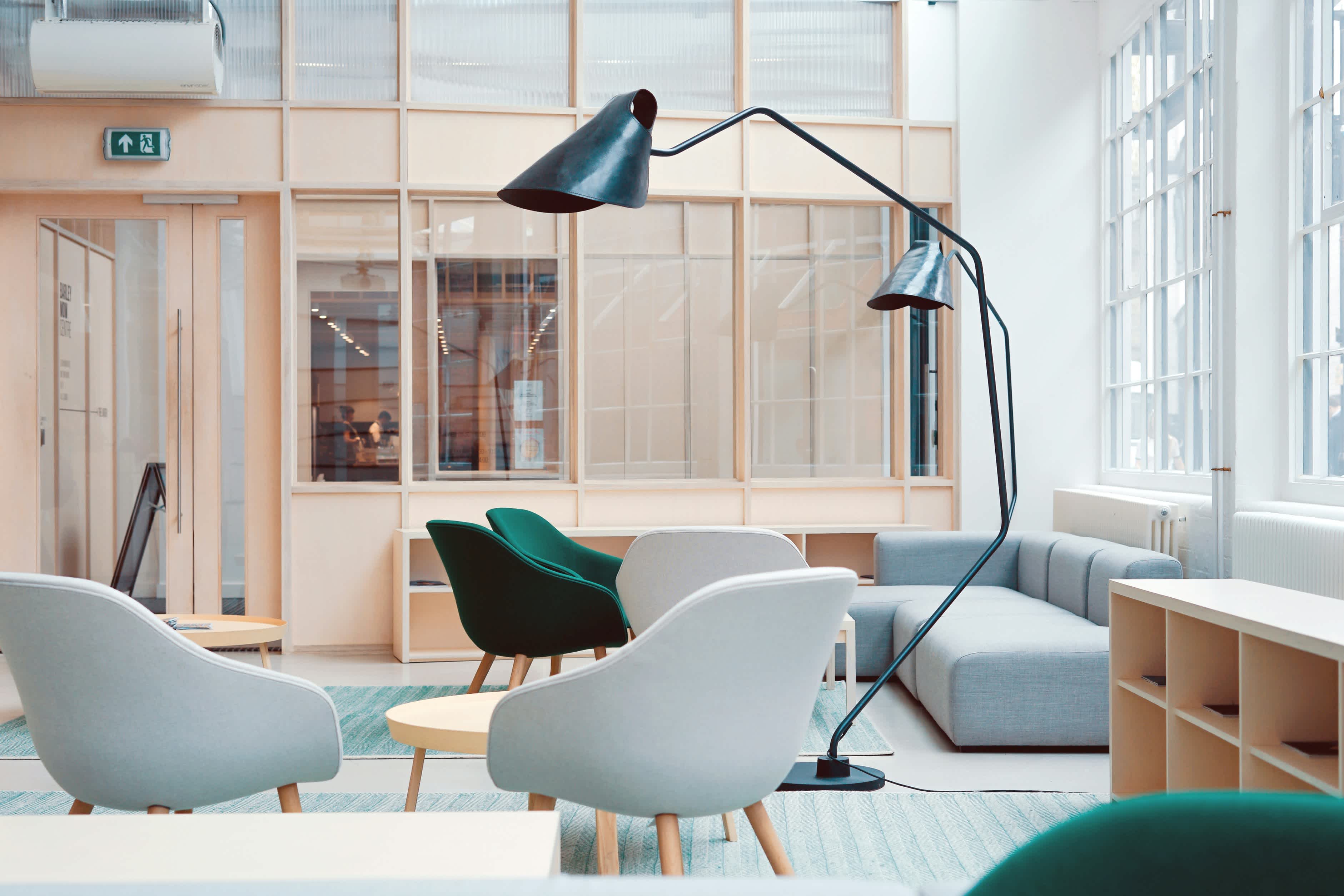Office Hygiene 101: Essential Cleaning Tips for a Healthy Workspace
ByJulian Gette
Workast publisher

Workast publisher
In the modern workplace, maintaining a clean environment is crucial not only for the comfort and well-being of employees but also for productivity and overall success. A clean workspace promotes good health, reduces the spread of illness, and creates a professional atmosphere that fosters focus and efficiency. However, achieving and maintaining office hygiene requires more than occasional tidying up. It requires a comprehensive approach addressing all aspects of cleanliness and sanitation. This article explores essential cleaning tips to help create a healthy workspace for everyone.
While maintaining a clean workspace is essential, keeping up with all the necessary cleaning tasks can also be time-consuming and challenging, especially in larger office environments. In such cases, enlisting the help of professional cleaners can be a valuable investment. Professional commercial office cleaners have the expertise, experience, and specialized equipment to ensure your office space is cleaned thoroughly and efficiently. They can work around your schedule to minimize disruption to your business operations and tailor their services to meet your needs and preferences. By outsourcing your needs when it comes to cleaning and hygiene, you can be assured that your workspace is consistently hygienic, allowing you to focus on what matters most – running your business.
Consistency is vital when maintaining office hygiene. A regular cleaning routine ensures that tasks are completed on time, preventing dirt and clutter from accumulating. Designate specific times for cleaning activities based on the needs of your office environment. Create a checklist of cleaning tasks that must be completed regularly, such as wiping down surfaces, vacuuming or mopping floors, disinfecting shared equipment, and restocking supplies. Assign responsibilities to team members to ensure all tasks are completed thoroughly and efficiently.
Certain areas in the office are more prone to harboring germs and bacteria than others, particularly those that multiple people frequently touch throughout the day. High-touch surfaces include doorknobs, light switches, keyboards, mouse devices, phones, and shared office equipment such as printers and copiers. Pay special attention to these areas during your cleaning routine, using disinfectant wipes or sprays to thoroughly clean and sanitize surfaces.
Encourage employees to practice good hygiene habits, like regularly washing their hands or using hand sanitizer, to reduce the risk of illness transmission. Consider implementing a rotating schedule for deep cleaning and disinfecting these high-touch surfaces to ensure thorough coverage and maximum effectiveness. Regularly remind employees of the importance of maintaining cleanliness in these areas and provide easy access to hand sanitizing stations throughout the office to encourage compliance with hygiene protocols.
A cluttered workspace often looks unprofessional, and it can also harbor dust, allergens, and germs, compromising the cleanliness of the office environment. Encourage employees to keep their desks organized, free of unnecessary clutter by providing adequate storage solutions and implementing policies for file organization and document management. Regularly declutter common areas such as meeting rooms, breakrooms, and reception areas to maintain a tidy and welcoming atmosphere for everyone. Implement a clean desk policy that requires employees to clear their desks at the end of each day, minimizing the accumulation of dust and debris.
Using the right cleaning products and equipment can make all the difference regarding office hygiene. Invest in quality cleaning supplies effective at removing dirt and germs without compromising the safety of employees or damaging surfaces. Choose environmentally friendly cleaning products whenever possible to reduce environmental impact and minimize exposure to harsh chemicals. Stock up on essential cleaning supplies such as multi-purpose cleaners, disinfectants, microfiber cloths, mop heads, and vacuum bags to ensure you have everything you need to keep your workspace clean and sanitary.
Regularly assess the performance of your cleaning supplies and equipment to ensure they meet your office's hygiene standards. Consider seeking recommendations from reputable suppliers or consulting with cleaning professionals to identify the most effective products. By investing in quality cleaning supplies, you can maintain a healthy workspace and contribute to the overall well-being of your employees.
Proper ventilation helps maintain an indoor environment that is healthy and hygienic, preventing the buildup of indoor air pollutants like dust, mold, and bacteria. Ensure your office space is adequately ventilated by opening windows and doors whenever possible, allowing fresh air to circulate. Consider installing air purifiers or ventilation systems to improve indoor air quality, removing airborne contaminants. Regularly clean and maintain HVAC systems, filters, and vents to prevent the buildup of debris that can compromise air quality and contribute to respiratory issues.
Creating a culture of cleanliness and hygiene starts with educating employees on best practices for maintaining a healthy workspace. Provide training on proper cleaning techniques, including effectively using cleaning products and equipment and personal hygiene and cleanliness guidelines. Encourage employees to take ownership of their workspace by keeping it clean and organized and reporting any maintenance or cleanliness concerns to the appropriate personnel. Foster a sense of teamwork and accountability by involving employees in the cleaning process and recognizing their contributions to maintaining a clean and hygienic environment.
Finally, regularly inspect and evaluate the cleanliness of your office space to identify areas that may need attention and make adjustments to your cleaning routine as required. Conduct periodic walkthroughs of the office to check for cleanliness, paying close attention to high-traffic areas and commonly overlooked areas such as under desks and behind furniture.
Solicit feedback from employees regarding the cleanliness of the workspace and areas for improvement. Use this feedback to adjust your cleaning routine and promptly address any concerns or issues.
Maintaining a clean and hygienic workspace is essential for promoting employees' health, safety, and well-being and creating a professional and productive work environment. By establishing a regular cleaning routine, focusing on high-touch surfaces, promoting clutter-free workspaces, investing in quality cleaning supplies, maintaining proper ventilation, educating employees on hygiene best practices, and regularly inspecting and evaluating cleanliness, you can create a healthy workspace that supports the success and satisfaction of your team.

